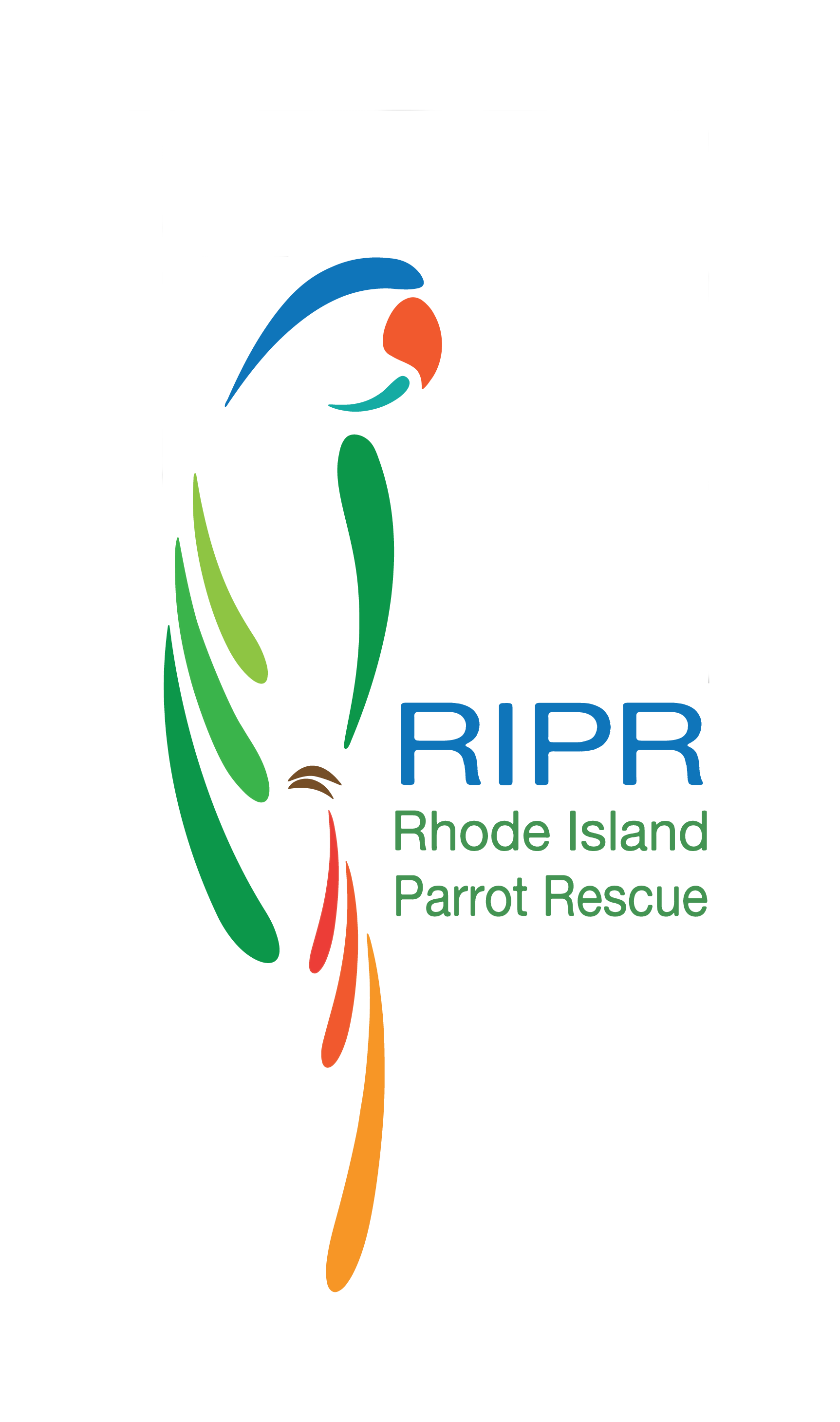The Importance of Proper Enclosures for Parrots
In the wild, there are no bars or walls. A parrot can fly for miles to find food and avoid danger. When you really think about it, it sounds so cruel to put such a creature in a cage. But enclosures are necessary to safely house a parrot in captivity.
How do we create an environment where a parrot can thrive and live their best life in our homes?
An enclosure should not be treated as a time out space or a prison. It should be an area where your parrot enjoys being. Even if your parrot is outside of their enclosure for majority of the day, they will have to spend time inside of it when you're not home, or at night, or for safety reasons if company is over. Sometimes, your parrot will have to be inside of their enclosure.
An enclosure should be large enough so that your parrot can stretch their wings and turn 360 degrees without touching the sides. If you have a macaw, you're familiar with their very large wingspan. Yes, you will need a space large enough to house them! (Walk-in aviaries are amazing, by the way).
Think of it this way- although you may be out and about all day, you wouldn't want to come home to a house where you couldn't even stretch your arms out sideways. Or lay flat without your head and feet touching the walls. Why would you think it's acceptable to subject your parrot to that? Even if for just a short amount of time.
When a parrot has more space, many undesirable behaviors such as pacing, screaming, and abnormal repetitive behaviors (ARBs) are significantly reduced. It also allows space for your parrot to fly! An enclosure should have perches of various sizes, shapes, and textures. You do not want your parrot's feet to be in the same position all the time. This can result in pressure sores, arthritis, weakened muscles, or bumble foot.
There should be ample opportunity for foraging inside the enclosure. Many toy companies make great puzzle and foraging toys like a baffle cage. But it can be as easy as using readily available materials such as toilet paper rolls, paper cups, plastic bottle caps, and empty egg cartons. You should always offer your parrot all types of materials to interact with (a.k.a. destroy) like toys that have untreated wood, paper, natural cordage, cardboard, etc. The more you offer, the more your parrot will explore and keep that brain occupied! If your parrot has fun stuff to look forward to in their enclosure, or condo, if you will, they will be much more fulfilled, less stressed, and happy.
After all, why should all the fun stuff only happen when they're outside of their enclosure? That makes no sense! It's our responsibility to provide our parrots with the proper environment.
Large enclosures, appropriate perches, and an abundance of toys and foraging opportunities. Remember, they did not choose to be in our home. We made that choice for them. Give them the best—they deserve it!
Copyrighted. Blog posts may be used as guidelines for the proper care of your parrot. Not intended for medical or legal advice. Please consult with a licensed avian veterinarian regarding the medical care and wellbeing of your exotic pets.
